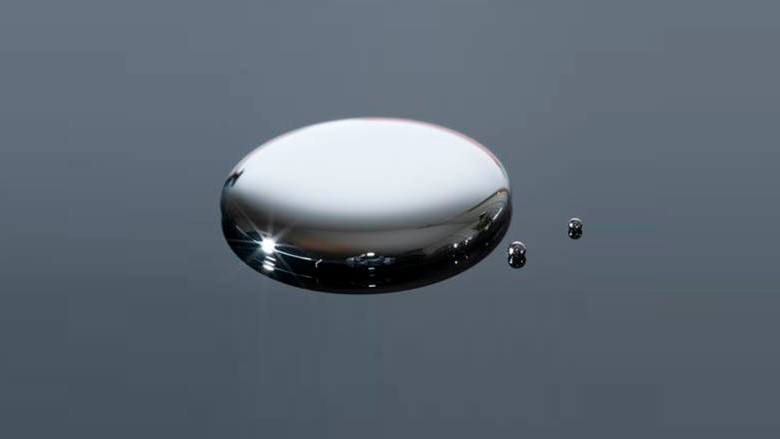Mercury, also known as quicksilver, is a chemical element with the symbol Hg and atomic number 80. It is a heavy, silvery-white metal that is liquid at room temperature and has the unique property of being a metal that is liquid at temperatures close to freezing. Mercury is a highly toxic substance and exposure to it can cause serious health problems, including damage to the nervous system and kidneys.
Mercury is found in nature primarily in the form of cinnabar, a mineral that is composed of mercury sulfide. It can also be found in other minerals such as corderoite and livingstonite. Historically, mercury was used in the production of certain types of glass, such as mirror glass and mercury vapor lamps. It was also used in the production of certain types of batteries and as a component in certain types of dental fillings.
Today, mercury is used primarily in industrial processes such as the production of chlorine and caustic soda, and in the production of certain types of electrical equipment. It is also used in certain types of thermometers and in certain types of scientific instruments. In addition, mercury is still used in certain types of dental fillings, although the use of mercury in dental fillings has been greatly reduced in recent years.
Mercury is a highly toxic substance and exposure to it can cause serious health problems. The most common symptoms of mercury poisoning include tremors, emotional instability, and memory loss. Long-term exposure to mercury can also cause damage to the nervous system and kidneys. In addition, mercury can also be harmful to the environment, as it can accumulate in fish and other aquatic organisms and can be passed up the food chain.
Mercury is a highly reactive element and can form compounds with many other elements. The most common mercury compound is mercury(II) chloride, also known as mercuric chloride or calomel. Mercury(II) chloride has been used as a treatment for certain types of skin diseases and as a laxative. However, it is also a highly toxic substance and exposure to it can cause serious health problems.
Another important mercury compound is mercuric oxide, also known as mercuric peroxide. Mercuric oxide is a highly reactive compound that is used in the production of certain types of batteries and as a catalyst in certain chemical reactions. However, it is also a highly toxic substance and exposure to it can cause serious health problems.
Mercury can also form compounds with sulfur, such as mercury(II) sulfide, also known as cinnabar. Cinnabar is a mineral that is composed of mercury sulfide and has been used in the production of certain types of glass and as a pigment in paint. However, cinnabar is also a highly toxic substance and exposure to it can cause serious health problems.
Mercury can also form compounds with other metals, such as mercury(I) chloride, also known as mercurous chloride. Mercurous chloride has been used as a treatment for certain types of skin diseases and as a laxative. However, it is also a highly toxic substance and exposure to it can cause serious health problems.
Mercury can also form compounds with non-metals, such as mercury(II) oxide, also known as mercuric oxide. Mercuric oxide is a highly reactive compound that is used in the production of certain types of batteries and as a catalyst in certain chemical reactions. However, it is also a highly toxic substance, and exposure to it can cause serious health problems.

